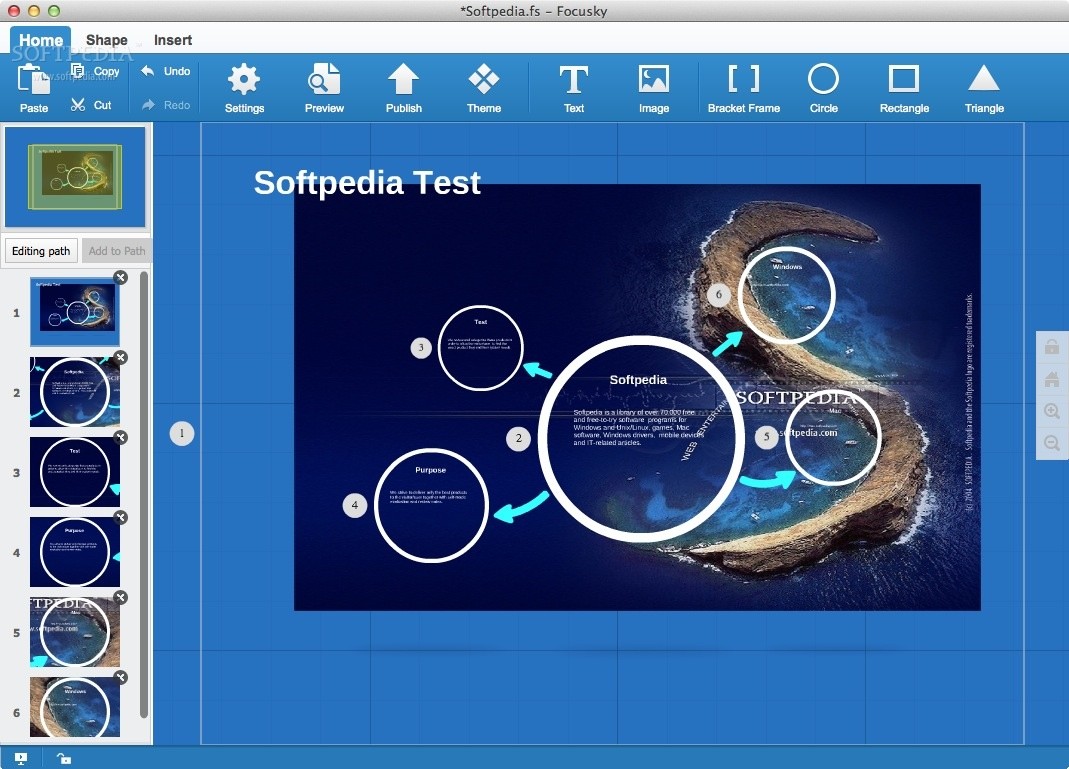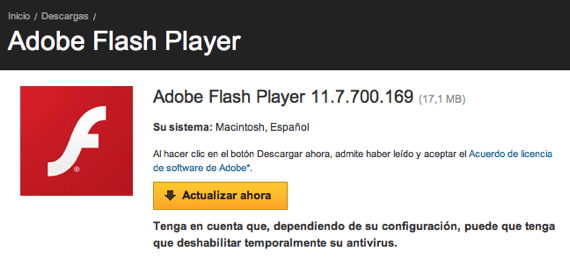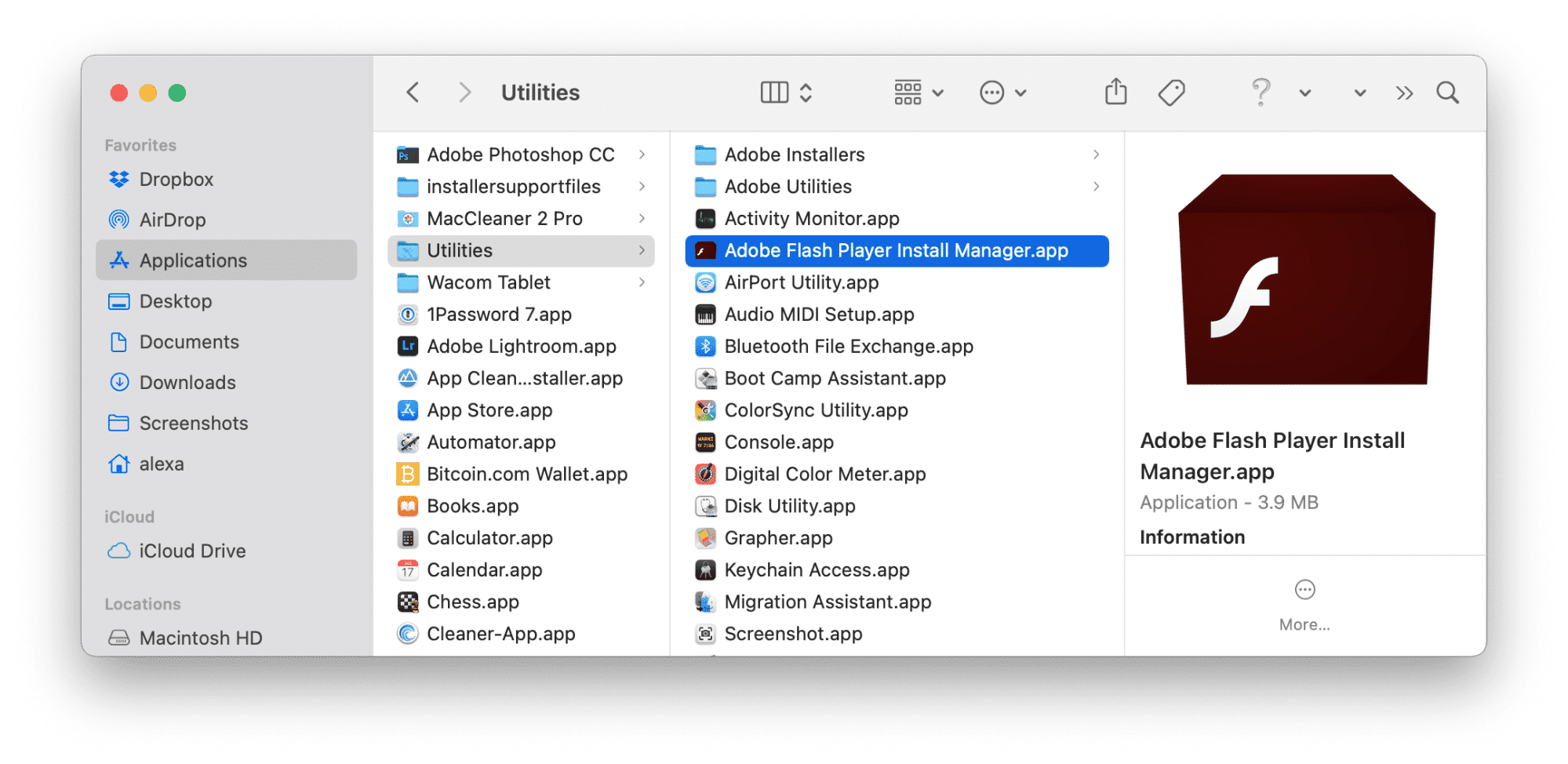

- #Adobe flash player for os x how to#
- #Adobe flash player for os x for mac#
- #Adobe flash player for os x install#
- #Adobe flash player for os x software#
- #Adobe flash player for os x code#
Adobe flash player for mac 10 4 11 free download - Adobe Flash Player, Apple Mac OS X Tiger 10.4.11 Combo Update, Apple DVD Player Update, and many more programs Navigation open search. Nevertheless, many popular sites still use Flash and uninstalling it can be inconvenient and cumbersome. Security vulnerabilities with Adobe Flash have caused many to uninstall Flash altogether. Updating Adobe Flash Player is not the most straightforward process even for the most experienced Mac users. Tons of other changes and enhancements are listed. Questions? Comments? Have a fix? Post them below or e-mail us!īe sure to check us out on Twitter and the CNET Mac forums.Flash Player 11 now takes advantage of native support for 64-bit operating systems and 64-bit web browsers on Mac OS X, Windows, and Linux.
#Adobe flash player for os x how to#
Also see our article on the Apple Security Center malware scare that discusses how to spot malware scams.
#Adobe flash player for os x install#
Only install programs on your system if you know exactly where they came from.įor more information on protecting your system, see our article on protecting your system from recent malware.

If something asks you to install an item on your system, shut it down and confirm the source of the item. Nevertheless, this has steadily become more of a recommendation of mine. While doing this will help ensure your downloads are safe, the rarity of malware threats on OS X makes it optional. Install a scanner like Sophos, VirusBarrier, ClamXav, Kaspersky, or iAntiVirus, and set it up to scan your e-mail and your download folders. In Safari, go to the General section of the preferences and uncheck the option to "Open safe files after downloading." While this will not open applications, if checked it will open documents and media that may contain executable code, and turning it off is recommended. While there is no information on how to manually remove Flashback, Intego says the program installs its malicious dynamic library in the /username/Library/Preferences/ folder as the file "Preferences.dyld," so you can go to that location and remove that file to dispose of the code.īesides getting your download updates and installers from trusted sources, you can do some additional things to protect your system from these and other threats: Intego claims its VirusBarrier X6 anti-malware utility can detect and remove this latest Trojan if it is installed, but other scanners should soon also be updated to detect this threat.

Adobe's real Flash installer looks like this when run, has a Flash player icon, and is distributed in a disk image.
#Adobe flash player for os x software#
In essence, as with all Trojan attacks this is an attempt to disguise malicious software in hopes of stealing information from unsuspecting people. In addition to being easy to avoid, the Flashback Trojan does not self-replicate so it will not affect other systems.

Doing this will ensure that you get the file directly as the developer intended, as opposed to using either an outdated version, a modified version, or a rogue application disguised as a Flash installer. If you need Adobe Flash on your system, just go to Adobe's Web site and get it or go to a trusted source like CNET's. While people may be concerned about this Trojan and other recent Mac malware, the risk of being infected is exceptionally low. The Trojan appears to use Apple's basic installer package system and includes Flash player logos so it looks like a legitimate software package. Intego calls the Trojan OSX/flashback.A, and is not too specific about how this Trojan runs, but it will undoubtedly compromise your system if you run it. The Flashback Trojan's installer looks like a legitimate program. The Trojan will also try to send personal information and machine-specific information to remote servers.
#Adobe flash player for os x code#
Unlike the previous Flash Trojan (called Bash/QHost.WB), which changed one file on the system, this new Trojan is a bit more complex and first deactivates network security features, then installs a dyld library that will run and inject code into applications that the user is running. Now Intego has discovered a new Trojan for OS X that does pretty much the same thing: masquerades as a Flash Player installer to trick people into installing the program. After installation, the Trojan would alter the system's hosts file to redirect Google sites to fraudulent servers. A few months ago security company F-Secure uncovered a Mac Trojan horse that posed as an installer application for Adobe Flash, taking advantage of the popularity of the plug-in to trick users into installing it.


 0 kommentar(er)
0 kommentar(er)
